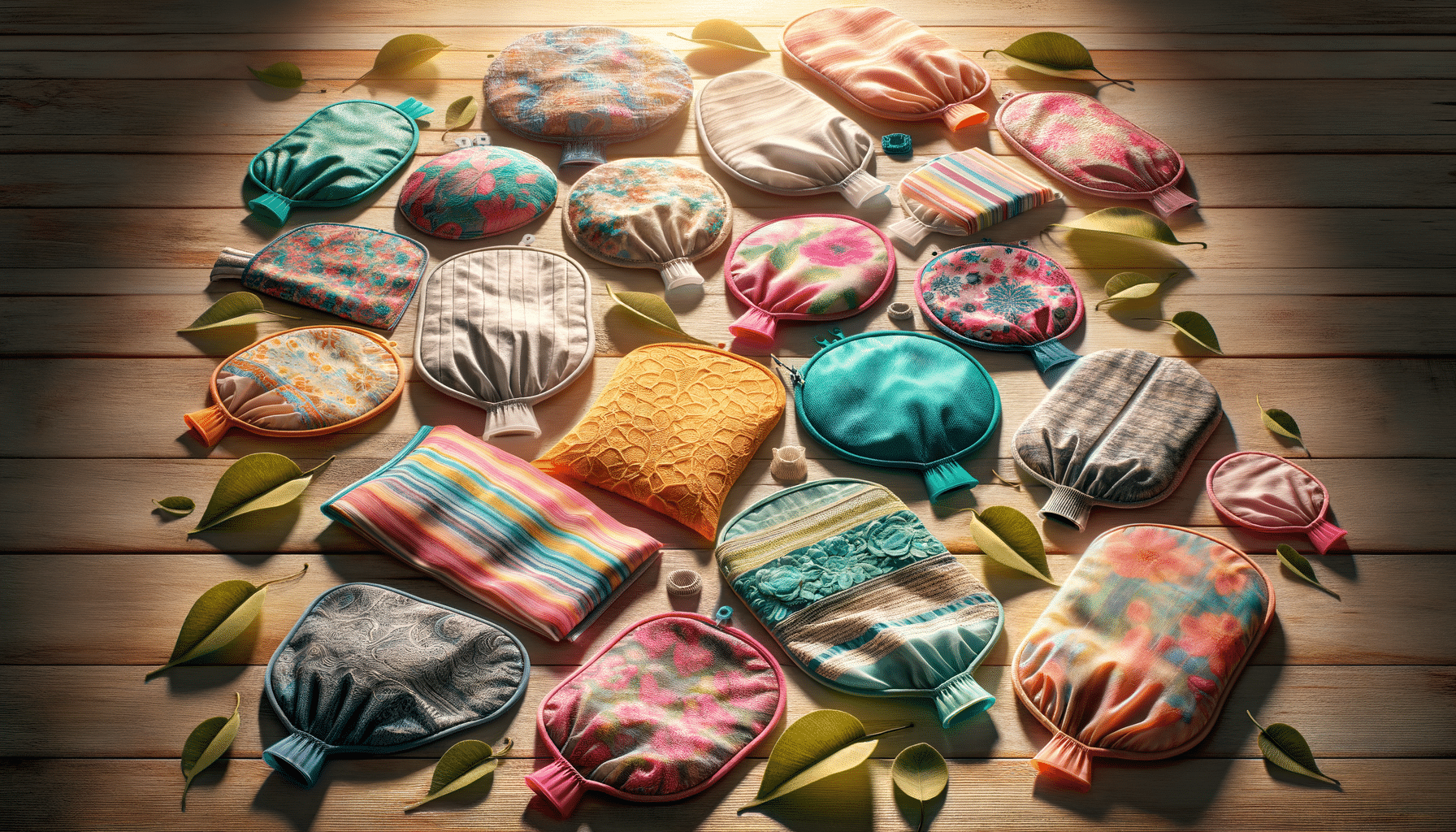
Sustainable Fashion: How to Build an Eco-Friendly Wardrobe
The concept of sustainable fashion is gaining traction as more individuals become conscious of their environmental impact. Building an eco-friendly wardrobe is not just a trend but a responsible choice that contributes to a healthier planet.
Sustainable fashion is about being mindful of the resources we consume and the waste we produce. It involves making informed decisions about the clothes we buy, wear, and eventually discard. According to the Ellen MacArthur Foundation, the fashion industry is responsible for 10% of global carbon emissions, more than international flights and maritime shipping combined. This statistic underscores the importance of adopting sustainable practices in our fashion choices.
Understanding Sustainable Fashion
Sustainable fashion encompasses a range of practices aimed at reducing the environmental and social impact of clothing production and consumption. It includes using eco-friendly materials, ensuring fair labor practices, and promoting recycling and upcycling.
Expert Insights
“Sustainable fashion is about transparency and responsibility,” says Lucy Siegle, a well-known advocate for ethical fashion. “It’s about knowing where your clothes come from and what they are made of.”
Materials Matter
Choosing the right materials is crucial in building an eco-friendly wardrobe. Opt for natural fibers like organic cotton, hemp, or linen, which require less water and pesticides. Recycled materials, such as polyester made from plastic bottles, also offer a more sustainable option.
Personal Experience
When I first started my journey toward a sustainable wardrobe, I focused on quality over quantity. Investing in timeless pieces that I could mix and match reduced the need for frequent purchases and minimized waste.
Actionable Tips
- Shop Secondhand: Thrift stores and online resale platforms offer a treasure trove of unique, pre-loved items that reduce demand for new production.
- Care for Your Clothes: Extend the life of your garments by following care instructions, repairing minor damages, and storing them properly.
- Support Ethical Brands: Look for brands that prioritize sustainable practices, fair wages, and safe working conditions.
Brand Comparison Table
| Brand | Material Use | Labor Practices | Recycling Initiatives |
|---|---|---|---|
| Brand A | Organic Cotton | Fair Trade Certified | Clothing Recycling Program |
| Brand B | Recycled Polyester | Ethically Sourced | Take-Back Scheme |
| Brand C | Bamboo Fibers | Living Wage Pledge | Zero Waste Policy |
| Brand D | Linen | Local Artisans | Upcycling Workshops |
| Brand E | Tencel | Transparent Supply Chain | Swap Events |
| Brand F | Hemp | No Child Labor | Eco-Packaging |
| Brand G | Wool | Animal Welfare Standards | Donation Program |
| Brand H | Cork | Empowering Communities | Biodegradable Tags |
Frequently Asked Questions
What is sustainable fashion?
Sustainable fashion refers to clothing that is made in ways that are environmentally friendly and socially responsible.
How can I start building an eco-friendly wardrobe?
Begin by choosing quality over quantity, buying secondhand, and supporting ethical brands.
Why is sustainable fashion important?
It’s important because it reduces environmental impact, supports fair labor practices, and encourages responsible consumption.
Are sustainable materials more expensive?
Initially, sustainable materials might cost more, but they tend to last longer, making them cost-effective in the long run.
Conclusion
Building an eco-friendly wardrobe is a journey that requires conscious choices and a commitment to sustainability. By understanding the impact of our clothing choices and taking actionable steps, we can contribute to a more sustainable fashion industry. Embrace the change, and you’ll find that not only are you helping the planet, but you’re also cultivating a unique and thoughtful style.


